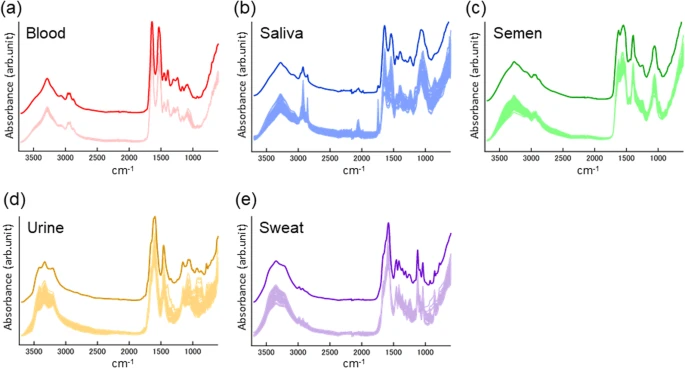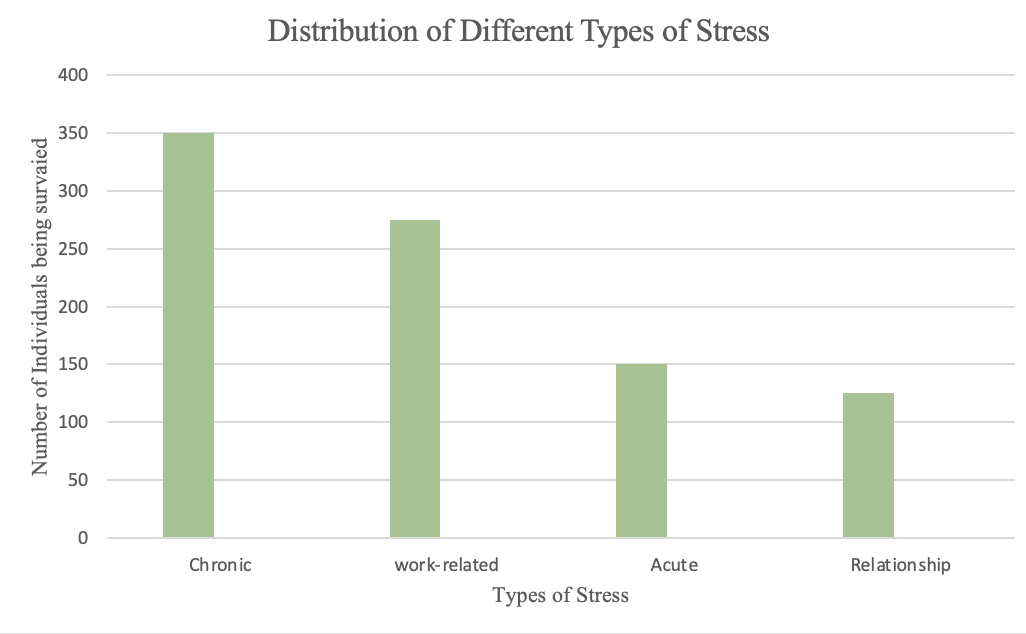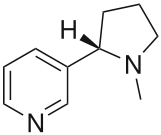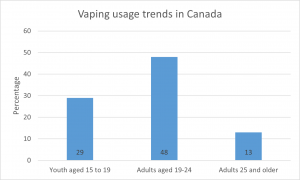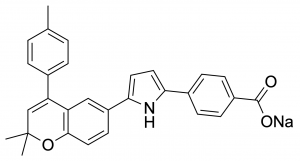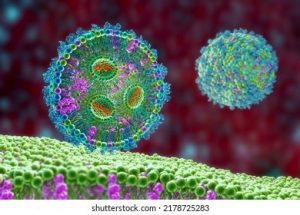Minnesota Department of Health warns consumers to steer clear from skin-lightening products (SLPs). Their recent investigation on SLPs revealed dangerously high concentrations of unlisted ingredients that can harm users’ health.
Skin lightening refers to the practice of lightening complexion by reducing the skin’s natural pigment, melanin. Dermatologists prescribe patients products with low concentrations of active ingredients to treat certain pigmentary conditions and post-inflammatory hyperpigmentation. However, due to potential adverse complications, many countries either banned or strictly regulate these ingredients.
Skin colour has long been the social-economic benchmark in many countries, predominantly in Asia-Pacific, where individuals often affiliate lighter complexions with attractiveness and more career opportunities. A survey of 667 participants revealed that appearing lighter was the most common reported reason for using SLPs, followed by to appear more attractive, regular skincare products, social influences, and others (Table 1).

Figure 1: Summary of users’ reasons for using SLPs from 667 participants.
These growing demands created the lucrative business of SLPs, which was valued at US$8.8 billion in 2020.
Unsurprisingly, most toxic SLPs remain accessible in local markets and promote on social media. Some go undercover by omitting harmful ingredients or using counterfeit labels.
Hydroquinone, a potent SL agent for hyperpigmentation treatments, causes permanent blue-black facial discoloration (Figure 1) or skin thinning with high-dosage applications, said Dr. Desai, a board-certified dermatologist at the University of Texas Southwestern Medical Center.

Figure 2: Discolouration from long-term usage of hydroquinone-containing products. Source: Wikimedia
UK-based optometrists recently diagnosed three patients with corneal degeneration. This condition leads to a loss of vision over time, most likely from using hydroquinone-containing products for years, as the patients reported.
Corticosteroid, a widely-used topical steroid for skin inflammation conditions, is also a potent bleaching agent. Steroid-dependent reactions (SDR) are the tell-tale signs of chronic misuse of corticosteroids over an extended period (Figure 2). Rashes, skin sensitivity to sunlight, and infections occur when SDR patients withdraw from topical steroids.

Figure 3: Steroid-Dependent Reactions. Source: Wikimedia
Mercury, another dominating ingredient in unregulated SLPs, inhibits melanin production to reveal a lighter complexion. The well-documented list from Pan American Health Organization on associated risks from mercury poisoning does not look so pretty.
These risks range from multiple major organ failures – kidney, liver, etc. – to psychological issues – psychosis, depression, anxiety, and early-childhood development issues.
Moreover, determining factors when assessing a patient’s health on the severity of mercury exposure include the product’s concentration, period of exposure, other compounds changing mercury’s chemical properties, etc. The complex nature of different coexisting factors raises another problem for proper diagnoses, as indicative symptoms of mercury poisoning may not always manifest equally.
While mainly mercury poisoning from SLPs occurs via skin absorption, inhalation of mercury vapours is not off-limit. Simply put, users put not only themselves at risk of mercury poisoning, but also the whole household.
So how should buyers go on from here?
“Consumers should always check the ingredients of their skin creams, be suspicious of low prices which are likely to indicate the lotion is fake and potentially harmful, and never use a product containing hydroquinone,” said Simon Blackburn, chairman of Local Government Association’s Safer and Stronger Communities.
Ashlynn Nguyen

